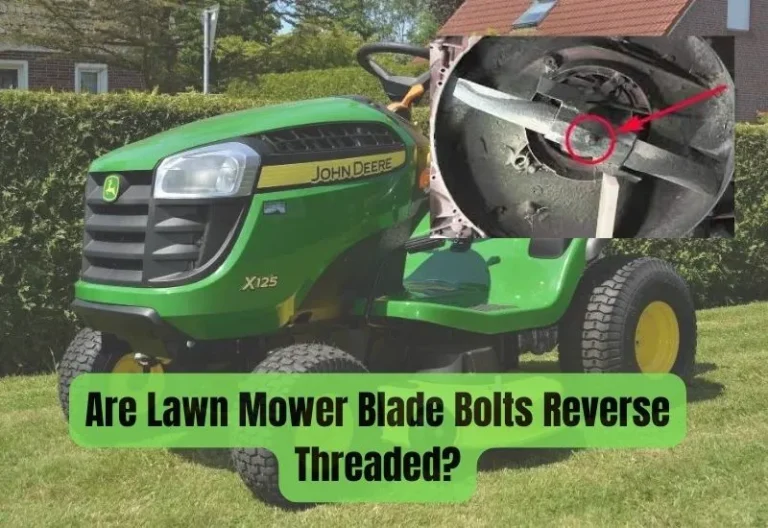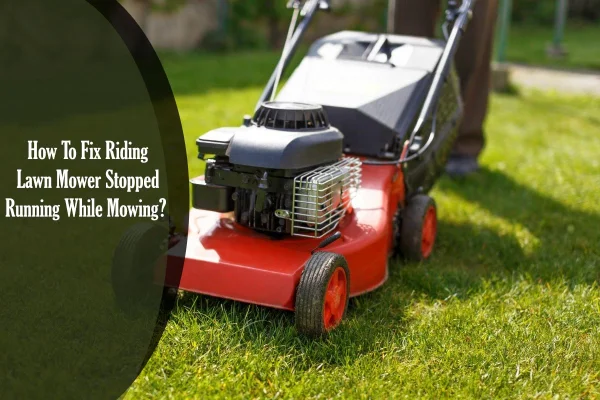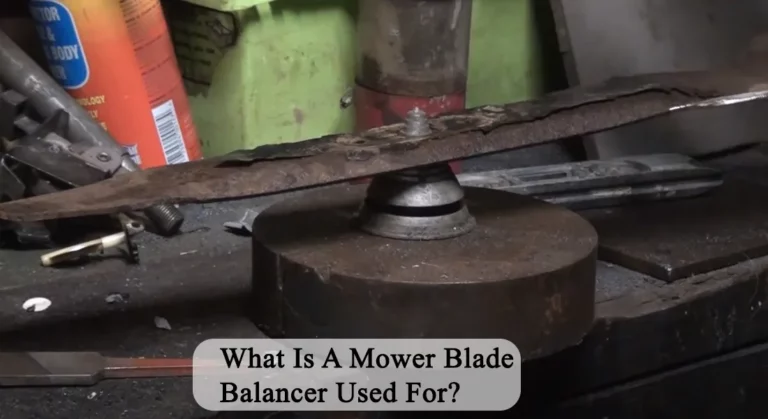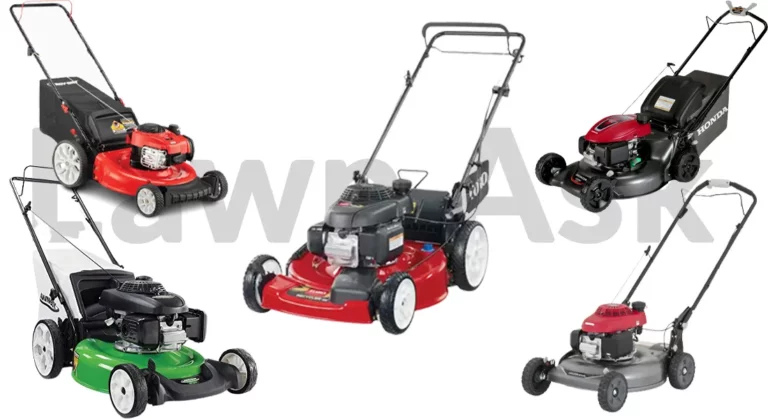Rear Discharge Mower: Detailed Pros and Cons You Need to Know
If you’re considering a new lawn mower, you might wonder if a rear discharge mower is the right choice. While these mowers offer several benefits, they also come with a few drawbacks you should know.
The advantages include a cleaner, more even cut, reduced risk of injury from flying debris, and easier use on larger lawns.
The disadvantages include more frequent cleaning, fewer bagging options, and higher noise levels.
This article will discuss the pros and cons of rear discharge mowers to help you make an informed decision.
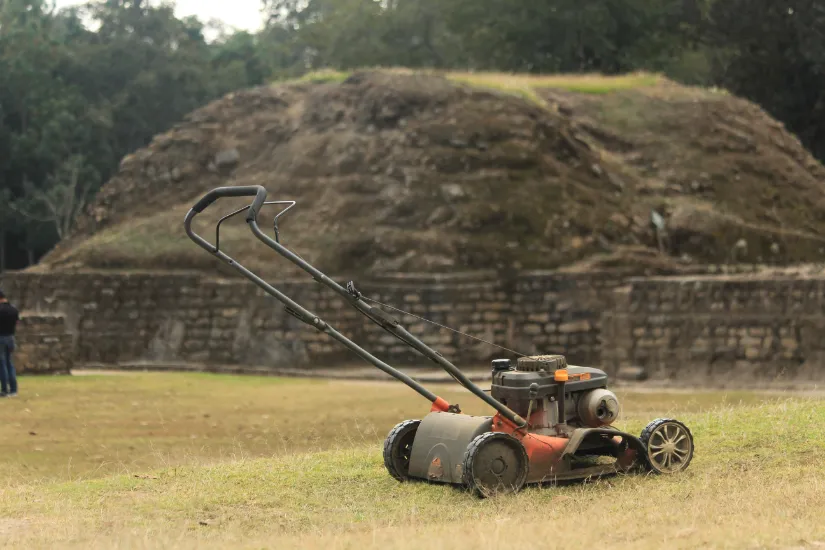
Pros And Cons of Rear Discharge Mower
Here are few pros and cons of a rear discharge mower:
| Pros | Cons |
| Grass cuts evenly. | Not good for fragile grass. |
| Lasts for a long time. | Bad for mowing bigger areas. |
| Can throw away grass in unwanted or unclean areas. | Need to change the blades more frequently. |
| Can operate without any bags. | Expensive than other mowers. |
| Makes less noise than other mowers. | Hard to operate in compact area. |
| Less prone to scalping rough surfaces. | Cleaning the lawn is difficult. |
| No risk of dangerous projectiles. | Has less horsepower. |
| Less amount of exhaust smoke. | Not compatible with wet lawns. |
Advantages of a Rear Discharge Mower
You may find the rear discharge mower handier in specific situations. Here are some of them:
1. High Efficiency
Reverse discharge mowers are more efficient in cutting grass than other types of mowers. The grass clippings are ejected from the rear of the mower, ensuring uniform distribution throughout the lawn.
This produces a more highly qualified cut and may decrease the need for extra passes.
2. Good for Mulching
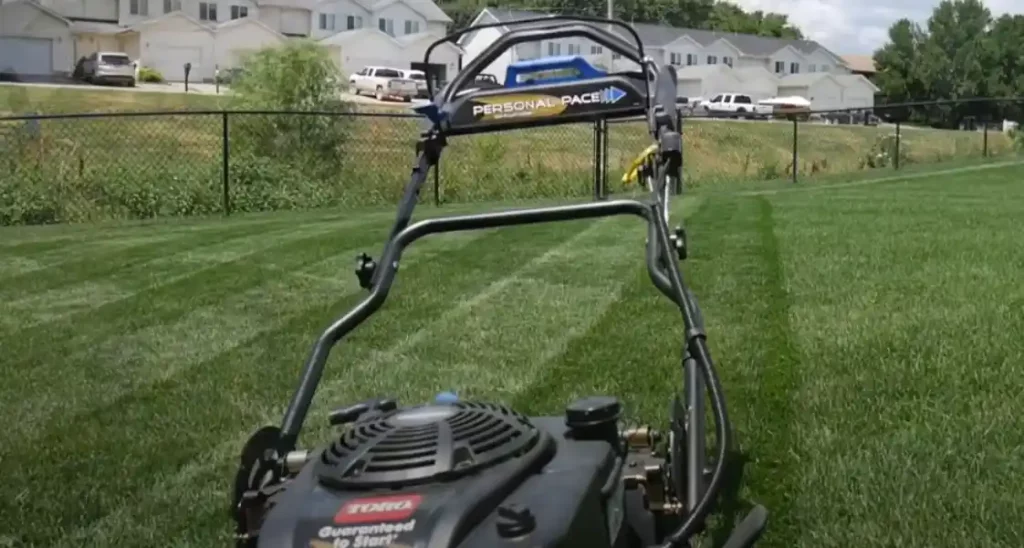
Rear discharge mowers are great for mulching grass cuttings. The clippings are finely chopped and uniformly distributed around the lawn, which might aid in the establishment of healthy grass.
This can lessen the requirement for fertilization, ultimately saving you time and money.
3. Less Clogging
Compared to other types of mowers, rear discharge mowers are less prone to clog. Grass cuttings are released from the rear of the mower, preventing grass buildup in the mower deck.
This might save you time and effort when cleaning up after using the mower.
4. Safe to Operate
Operators are safer with rear discharge mowers than with other types of mowers. The grass clippings are expelled from the mower’s back, reducing the risk of flying debris.
The operator also gets a greater perspective of the mowing area, which can increase safety.
5. Better for Uneven Areas
Rear discharge mowers are more suited to tough terrain than other types of mowers. They can tackle higher inclines and are less prone to scalp uneven ground.
As a result, they are a great alternative for homes with steep or uneven terrain.
6. Less Noise
Reverse discharge mowers are often quieter than other types of mowers. When the grass clippings are ejected from the rear of the mower, noise levels are reduced.
This is especially useful if you live in a residential neighborhood.
Read Also: Can You Use Starter Fluid on A Lawn Mower?
Disadvantages of a Rear Discharge Mower
Although the rear discharge mower may be preferred in some situations, you may also face some issues. Here are some of them:
1. Low Capacity
Since rear discharge mowers are not intended to store grass cuttings, they have a restricted scooping capacity.
This implies that a rear discharge mower may not be the ideal choice if you wish to bag your grass clippings.
2. Unclean Lawn
Back discharge mowers may be untidy because grass clippings are ejected from the back of the mower and can spread over the lawn.
This is especially difficult if you wish to maintain your flower beds or other landscape elements clean.
3. Bad for Small Lawns
Rear discharge mowers are not ideal for all lawns. They are most effective on broad, open lawns with minimal obstructions.
A rear discharge mower may not be the ideal choice if you have a tiny lawn with a lot of landscaping elements or obstructions.
4. Expensive
Rear discharge mowers tend to be more expensive than other types of mowers. This is due to the fact that they are developed with more modern features and technology, which might increase the cost.
How to Use and Maintain a Rear Discharge Mower Properly?
Here are some tips for using and maintaining a rear discharge mower:
- Wear Safety Equipment: Wear protective gear: Always wear protective gear when operating a rear discharge mower.
This includes ear protection, eye protection, and sturdy work shoes. Long pants and sleeves are also recommended to protect your skin from flying debris.
- Don’t Mow Wet Lawn: Mow your lawn when the grass is dry. Wet grass can cluster and adhere to the underside of the mower deck, clogging it.
- Adjust Properly: To meet the demands of your grass, adjust the cutting height of your rear discharge mower. As a general guideline, never cut more than one-third of a grass blade at a time.
- Change Directions: To promote healthy grass growth and avoid ruts from appearing, mow your lawn in different directions each time. This also aids in the uniform distribution of grass clippings around the lawn.
- Clean the Mower: Remove any grass clippings or debris from the mower after each usage. This will avoid grass buildup and guarantee that the mower is ready for the next time it is used.
- Maintain Regularly: Check the oil level, air filter, and spark plug on your rear discharge mower on a regular basis.
To keep your mower working properly, follow the manufacturer’s maintenance and care instructions.
Read Also: Can You Use Starter Fluid on A Lawn Mower?
How to Choose the Optimal Rear Discharge Mower?
A few aspects must be considered while selecting the best rear discharge mower for you. These are some things to bear in mind:
- Size of the Lawn: If you have a large lawn, you should consider investing in a self-propelled rear discharge mower to make mowing easier and more efficient.
- Lawn Ground: If your lawn has a lot of uneven ground, consider a rear discharge mower. Go for variable speed control or a self-propelled option to handle the terrain more simply.
- Storage: If you like to bag your grass clippings, seek for a rear discharge mower that has a storing option.
- Blade Width: The mower’s cutting width affects how broad a path it cuts with each pass. If you have a large lawn, a larger cutting breadth can help you accomplish the job faster.
- Quality: Seek for a respected brand and high-quality construction to ensure that your rear discharge mower will endure for years and function properly.
Frequently Asked Questions (FAQs)
Can I use a rear discharge mower to store grass?
While certain rear discharge mowers may come with storing compartment, they are not usually designed to bag grass clippings. If you like to bag your grass cuttings, you might think about using a different style of mower.
Are rear discharge mowers suitable for use on all surfaces?
Rear discharge mowers can operate well on hills or slopes, but choosing a model with a self-propelled option or variable speed control will help you handle the terrain more smoothly.
What is the width of the cutting path on a rear discharge mower?
A rear discharge mower’s cutting path varies depending on the type, but it is normally 20 to 30 inches wide.
How much does a rear discharge mower cost?
Typically, a rear discharge mower can range in price from $600-2000.
Related Posts:
- Exploring Reverse Threaded Bolts in Lawn Mower Blades
- The Cons of Hydrostatic Transmission: Explained in Detail
- Troubleshooting Guide: Why Isn’t My Bagger Picking Up Grass?
- Key Symptoms of a Faulty Alternator in a Riding Lawn Mower
- Key Indicators: Identifying a Blown Head Gasket in Your Kohler Engine

